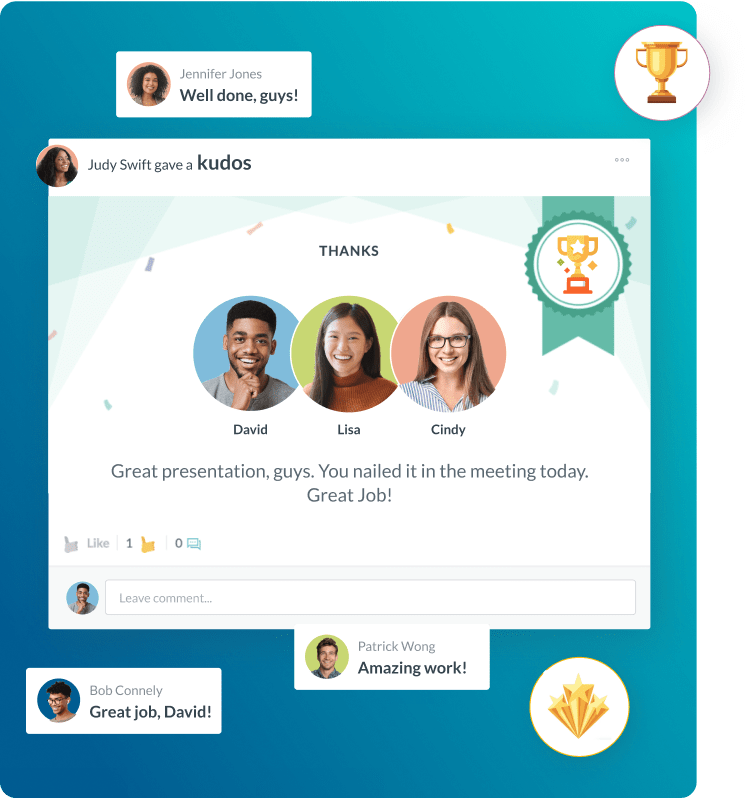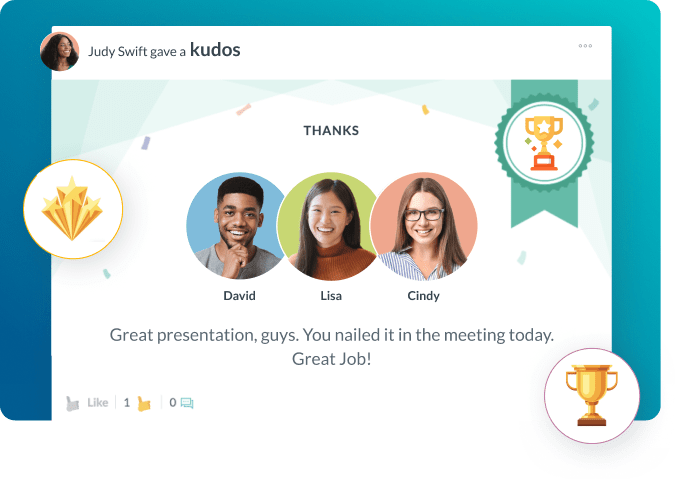Diversity, Equity, and Inclusion (DEI)
- Introduction: The Business Case for DEI
- Key Points for Business Leaders
- Value Comparison: Equality Versus Equity
- Best Practices for Actionable DEI
- Pitfalls to Avoid in DEI Implementation
- Industry Applications and Business Examples
- Implementation Plan: A Step-by-Step Guide
- Future Outlook and Trends in DEI
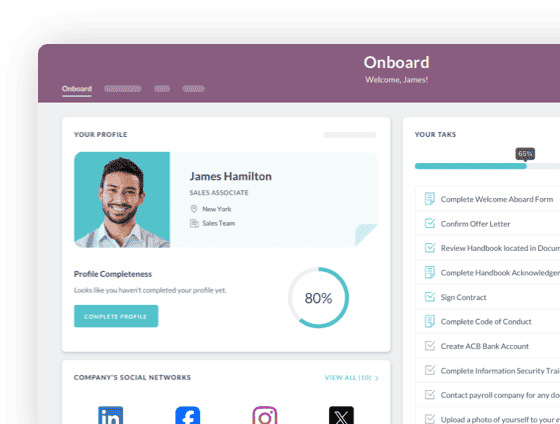
 Cut onboarding time
by 60%—here's the
Ultimate Checklist
that helped do it.
Cut onboarding time
by 60%—here's the
Ultimate Checklist
that helped do it.
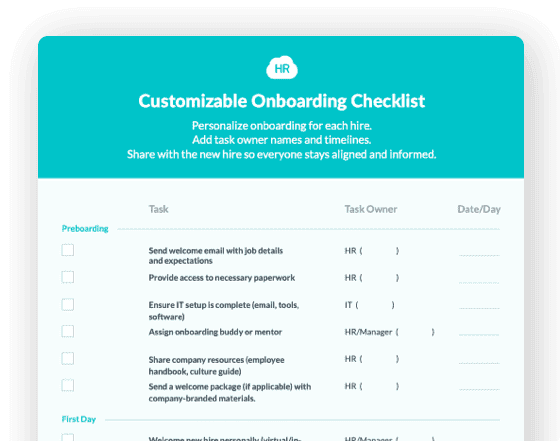
Diversity, Equity, and Inclusion, or DEI, is more than a trend. It is not just a moral duty. Today's business leaders must see it as a key approach. It maximizes business performance. It also fosters innovation and secures a competitive edge. DEI means a full commitment to valuing and including every person at work. It ensures fair processes and equal access to chances for everyone. This entry explains the main parts of DEI. It gives leaders practical steps for how to use it well.
Introduction: The Business Case for DEI
DEI is a powerful system. It focuses on people to get better company results. Diversity means differences exist in a setting. These can be visible things like race, gender, age, and physical ability. They can also be non-visible things like thought styles, background, and sexual orientation. Real diversity goes past basic numbers. It means welcoming a wide range of human views and experiences.
Equity is the rule of fair treatment, access, chance, and progress for everyone. It is not the same as equality. Equality means giving everyone the same resources. Equity knows that different people have different needs and histories. So, it requires specific, proportional support to reach an equal outcome. This difference is key for a strong talent management strategy. This strategy fixes historical unfairness and systemic problems. For example, giving every employee the same parental leave is equality. Providing extra help, like flexible hours or child care, to staff with bigger caregiving duties is equity.
Inclusion is how much different people are valued at work. It is the constant effort to make a culture where every employee feels welcome and respected. They feel strong enough to fully take part and be their whole self at work. A company can have many different people (diverse). But it may still lack inclusion if those voices are not heard. These three parts together run a strong, flexible company. Businesses know they need a clear DEI approach to win in the modern global world. They must blend it into everything they do. This goes from hiring to performance management.
Key Points for Business Leaders
You must know that diverse teams perform better. This is key to understanding why DEI matters. Studies prove that companies with more diversity in staff and leadership are more likely to have higher profits. These companies can better understand and serve a diverse customer base. This helps them gain more market share and grow revenue. A strong DEI focus is also a must for finding and keeping top talent.
Enhanced Innovation and Problem Solving
Diverse teams have many backgrounds and views. They challenge old ways of thinking. They find a wider set of solutions for hard problems.
Stronger Employee Engagement and Retention
Employees who feel their company is fair and respectful are more engaged. They are also more productive. They are less likely to leave. Research shows that employees who feel recognition is authentic are more likely to feel they belong. This good feeling helps lower the costs of people leaving.
Improved Market Access
Your staff should mirror your customers and the global market. They can better guess customer needs, change products, and enter new markets. Without this insight, companies lose chances to grow. Good DEI programs are a core part of a strong employee relations strategy.
Better Decision Making
Diverse boards and leadership teams look at more risks and chances. This leads to better, stronger, and more strategic decisions. This different way of thinking is a direct advantage. It leads to better long-term growth. New hires must learn these DEI principles from the first day. This must be part of your employee onboarding and training process.
Stronger Company Reputation
We live in a transparent world. A company's public commitment to social values matters a lot to customers, investors, and job seekers. A real DEI plan boosts your brand's reputation and trust. Leaders must understand and manage their human capital to build a fair workplace. This includes how they handle performance management.
Value Comparison: Equality Versus Equity
Leaders often mix up equality and equity. This confusion can weaken a DEI plan. You cannot use a single solution for problems that need specific fixes. Equity is the key step to reach real inclusion.
|
Feature |
Equality |
Equity |
Business Goal |
|
Definition |
Giving everyone the exact same resources and chances. |
Giving specific resources and support to reach the same final outcome. |
Fair access to chances that lasts for everyone. |
|
Starting Point |
Assumes everyone begins in the same place. |
Knows that systemic barriers exist for some groups. |
Take away barriers to joining in and moving forward. |
|
Example |
All employees get the same $500 training budget. |
Entry-level staff get a $1,000 budget and a mentor. Senior leaders get a $500 budget. |
Training that uses resources where the need is highest. |
|
Long-Term Impact |
Can keep unfair gaps or inequality going. |
Closes opportunity gaps and makes the playing field level. |
Better retention and promotion for all staff groups. |
Best Practices for Actionable DEI
Treat DEI like a business change project, not just an HR task. Success needs commitment from top leaders. It needs clear ways to measure progress. It must be a core part of the business, including pay and benefits.
Lead from the Top and Hold Leaders Accountable
DEI must be a top goal for the C-suite. Tie goals to executive pay and performance. If leaders do not have to meet diversity goals in their teams, the plan will fail. Companies should use a modern HRIS platform to track these numbers openly.
Conduct a Data-Driven Audit
Start by looking honestly at your current staff numbers. Check pay fairness, promotion rates, and how employees feel in all groups. Find out where the gaps are. Data helps you set SMART goals (Specific, Measurable, Achievable, Relevant, and Time-bound). A Forbes analysis shows that holding onto measurable goals is key to avoiding DEI efforts that are only for show.
Embed Equity into Core HR Processes
Check all processes about people for unfair systemic bias. This includes hiring, reviews, promotions, and pay. Make interview questions standard. Use diverse interview panels. Commit to checking pay equity often. Using blind resume reviews can help stop hidden bias in hiring.
Invest in Inclusive Leadership Training
Do more than basic bias training. Focus on giving leaders real skills. Teach them how to run inclusive meetings, give fair feedback, and manage diverse teams. Show them how to be active allies. This training must happen all the time. It should be part of the company's learning management system.
Establish and Empower Employee Resource Groups (ERGs)
ERGs give staff a sense of community and belonging. Give these groups a budget and high-level leader support. Make sure they clearly link to the business plan. An easy-to-use employee self-service portal can help these groups organize and talk to each other.
Create a Culture of Psychological Safety
A good workplace is one where staff feel safe. They can share concerns, admit mistakes, and offer different ideas without fear. Leaders should show they are open and encourage respectful talk. Use surveys to check the level of safety in teams often. Follow up with real actions. This is vital for good employee experience management.
Pitfalls to Avoid in DEI Implementation
Even with good intentions, DEI programs can fail. Leaders must avoid common errors. These mistakes can break trust and waste company money.
Treating DEI as a "Check-the-Box" Compliance Exercise
Leaders sometimes see diversity as a goal to meet. They see inclusion as only a required training. This shallow way of thinking misses the real value of DEI. Staff may see it as fake or just for show.
Focusing Only on Diversity Metrics, Ignoring Inclusion and Equity
Hiring diverse staff is not enough if you do not fix the culture. A lack of inclusion means people will leave. Staff from underrepresented groups will quit if they do not feel valued or respected. They will leave if they do not get equal chances to move up. Hiring diverse staff does no good if inclusion is missing.
Delegating DEI Solely to HR or a Single Diversity Officer
A diversity officer helps, but every leader and manager owns the culture. When you separate DEI from the main business plan, it sends a bad message. It signals that DEI is not a serious goal. Companies need a full view of people management. DEI must be a core part of that.
Failing to Measure and Track Progress with Rigor
You need clear numbers on representation, retention, fair promotions, and how staff feel. Without this data, leaders cannot know if their work is helping. This lack of data stops you from fixing the plan. It also makes it hard to prove the value of your efforts.
Ignoring Intersectionality
This word means the different ways discrimination overlaps. For instance, a company may have good data on women's progress. But it may miss the specific problems faced by Black women or women with disabilities. A fair strategy must handle these layered problems.
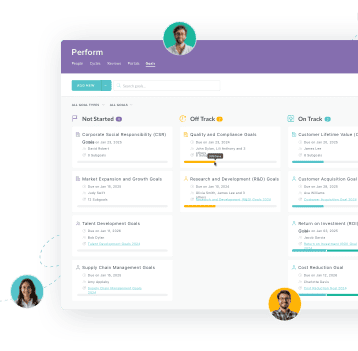
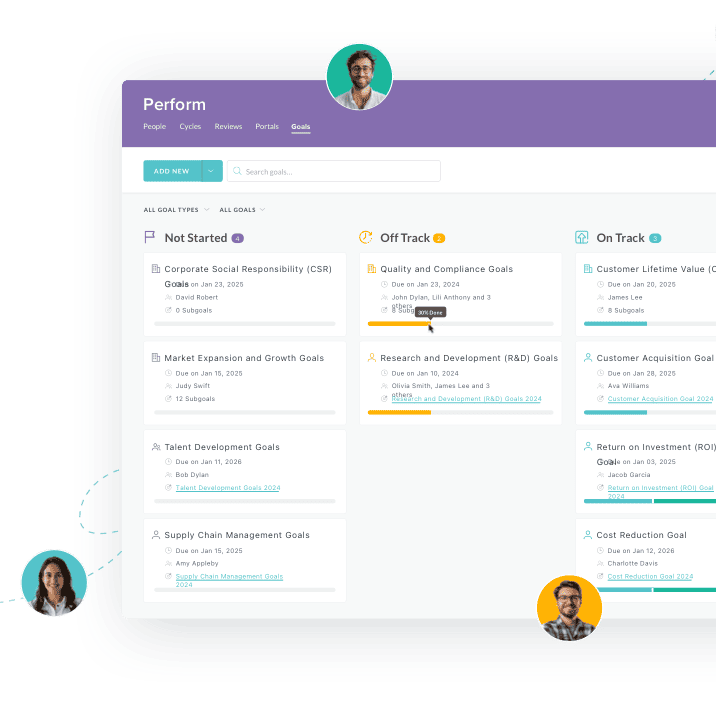
Industry Applications and Business Examples
A strong DEI plan gives real results in many industries. This proves its value everywhere.
Technology and Software Development
A global software company saw its product testing missed non-English speakers. This caused poor user experience in new markets. They started an equity plan. They required product teams to include engineers and testers from other countries. The teams also included a diverse user base. The company fixed product flaws. It also launched a new product line for these markets. This greatly grew its user base worldwide.
Financial Services and Banking
A big bank saw many new hires from underrepresented groups were quitting. The bank set up a formal mentorship program. It paired these new staff with senior leaders for two years. This equity-focused program gave them special help. It led to a 40% drop in turnover for the mentees in two years. This also improved the bank's overall metrics for employee well-being.
Manufacturing and Operations
A global manufacturing firm found its work schedules hurt employees with caregiving duties. These staff were mostly women. The firm offered flexible shifts. It also built an on-site, low-cost dependent care center. This act of equity greatly improved retention for female workers. It also cut down on missed work days. This stabilized their key workforce management process.
Implementation Plan: A Step-by-Step Guide
Leaders need a clear plan to move from talking about DEI to acting on it. This is a journey that never ends. It needs constant work and changes.
Secure Leadership Commitment and Budget
The CEO and executive team must strongly support the DEI plan. They must give it a set, multi-year budget. They need to say this is a top business priority. This is the first, most important step for any good change effort.
Conduct the Initial Assessment and Benchmark
Work with HR and an outside expert. Do a full check of talent data. Look at hiring, pay, promotion, and staff leaving, broken down by group. Use staff surveys and focus groups. This helps you check how inclusive the culture is. Set a starting point to measure all future progress.
Define and Communicate the DEI Strategy
Use the audit to create 3 to 5 clear, measurable goals for the next three years. These goals should fix the unfair gaps you found. Examples include having more diverse leaders or making pay equal. Share the plan openly with all employees. Explain why these goals matter to the business.
Integrate DEI into the Talent Lifecycle
Fix core HR processes. Rewrite job descriptions to use inclusive language. Require diverse groups of candidates for all open jobs. Make the interview and review process the same for everyone to reduce bias. Start a yearly talent review. This review must specifically check for fairness in promotion choices.
Launch Training and Development Programs
Make inclusive leadership training a must for all managers and executives. Give all staff skills training on being an ally and noticing microaggressions. Start programs to mentor and support high-potential staff from underrepresented groups.
Measure, Report, and Iterate
Check your progress on SMART goals every three months. Share an annual report with the whole company. Include both good results and areas to fix. Use the data to make the plan better. This keeps your commitment active and focused on staff needs.
Future Outlook and Trends in DEI
DEI is changing fast. It is moving past just counting numbers. It is focusing on deeper integration and accountability. Leaders must get ready for these future trends. This will keep their talent strategy competitive and secure.
One key trend is the focus on social equity and its link to business impact. Companies will need to look past their own offices. They will need to fix social problems in their supply chain, communities, and customer systems. Future leaders must accept this bigger role of corporate responsibility.
Another growing area is focusing on neurodiversity and mental health. These are key parts of inclusion. Companies are starting to see and help with different ways of thinking. This includes people with autism, ADHD, and dyslexia. They see these differences as special sources of talent and innovation. Expect workplace help to grow. This will include quiet workspaces and more flexible ways to talk. Modern workforce planning must now include these different thinking styles.
Finally, there will be a higher need for transparency and accountability. This will be through set public reporting. It is often linked to ESG (Environmental, Social, and Governance) rules. Investors, rule-makers, and customers want more detailed, steady data on equity. They want more than just diversity numbers. Companies that make DEI a core part of their plan now will be ready. They will meet these new reporting standards. They will also gain an advantage in the future job market. The push to blend DEI into the main business plan confirms that it is no longer a small side issue. It is a main driver of long-term business success.
Keep Reading
The Hidden Metrics of Frontline Success: Beyond Engagement Scores
"What gets measured gets managed, but what gets measured well gets transformed." — Peter
Embracing Diversity: Recognizing Different Cultures in the Workplace
Workplaces today reflect the incredible diversity of the world around us. People bring
From Manual to Automated: A Complete Guide to Digitizing Employee Onboarding for Large Organizations
Sarah Chen, Director of HR at a 7,000-employee healthcare organization, starts her Monday
Ready to streamline your onboarding process?
Book a demo today and see how HR Cloud can help you create an exceptional experience for your new employees.






